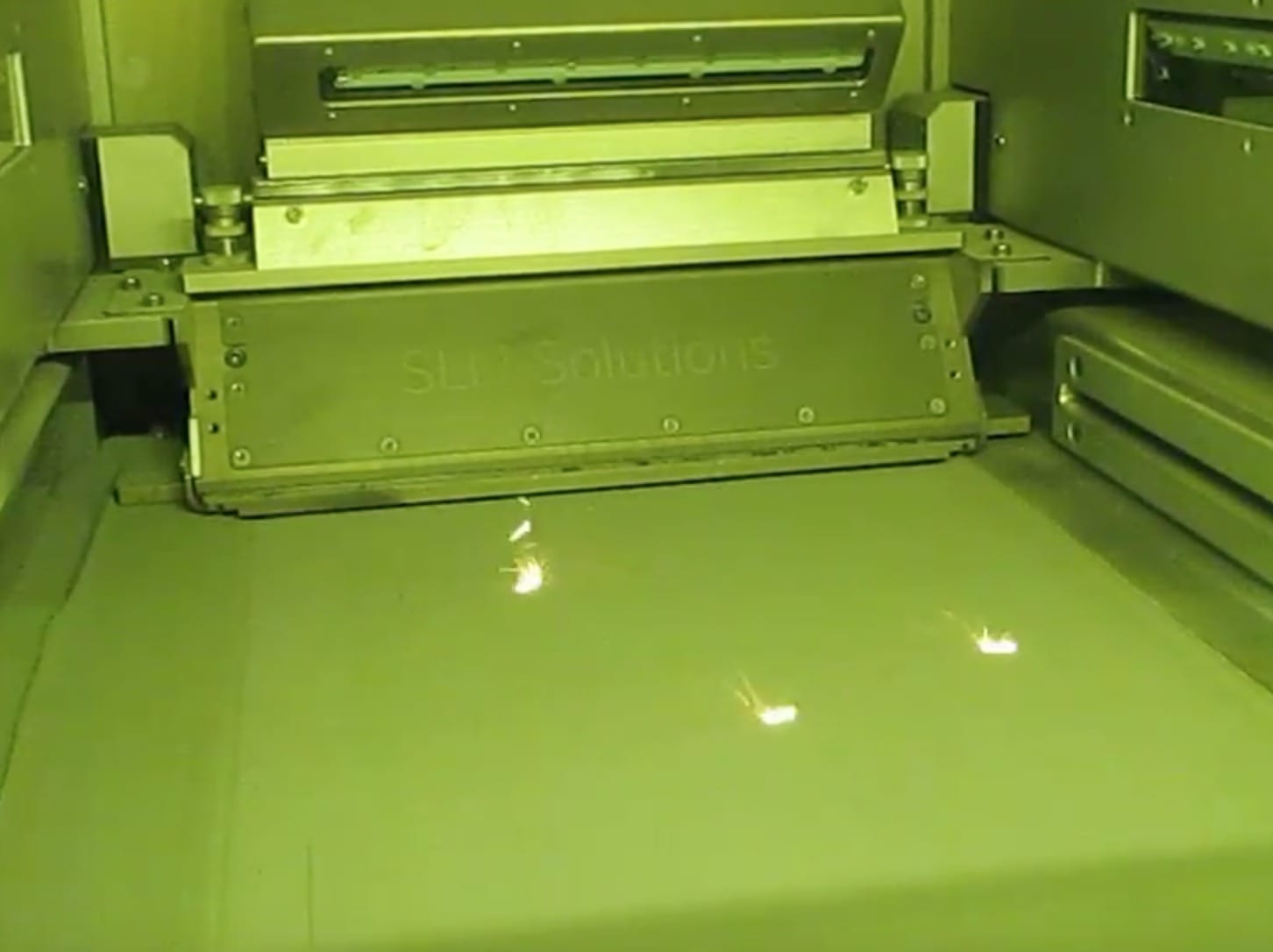
There’s an interesting long term pattern emerging now in 3D metal printing, and I’m wondering where it might be going.
Yes, 3D metal printing has been around for years and is actually reasonably mature, at least for the technologies that initially emerged.
Those initial technologies involved application of high energy (either through a laser or electron beam) to a flat layer of fine metal powder. The selectively melted powder was then recoated with a second layer of powder, and the process repeats, gradually building up a solid metal object.
Companies like EOS, Concept Laser, SLM Solutions and Arcam have marketed machines using variations of this process for years, and they’ve been quite successful: major manufacturers have now picked up on the advantages of this method and have begun to apply it widely in certain industries.
Those include most notably aerospace, where the possibility of creating far lighter parts of unusual geometry has become irresistibly attractive for aircraft manufacturers. This is so important for their future that GE has acquired not one, but TWO 3D metal printer manufacturers (Arcam and Concept Laser) as well as a number of associated vendors and services.
Things are peachy in that world; product manufacturers are very happy with the results and are buying more, while 3D printer manufacturers sell more machines than ever. Even metal powder manufacturers are seeing greater interest.
But then something interesting happened in the past year or so: a different 3D metal printing process has emerged in a few new companies.
The new process essentially involves 3D printing a “green” object using “cooler” processes, and then sintering this part in a furnace to form a solid metal object.
Yes, there are impurities that remain from the binder used to hold the green part together, but in many cases the resulting metal part’s strength and other characteristics are more than sufficient to be used in a wide variety of industrial applications.
And this process is a lot less expensive than the “first generation” of 3D metal printers, as the “printing” part does not require oxygen-voided build chambers and precision temperature controls. Even better, the “furnace” step can simply used existing equipment that has long matured.
That lower price opens the possibility of using new second-gen 3D metal printing processes for industrial applications far beyond the current high-priced aerospace and medical markets. This is the promise for new 3D metal printer vendors such as Desktop Metal, XJet and others, and probably not bad news for first gen vendors, as the markets likely don’t significantly overlap, until at least when second gen prints are able to obtain required certifications for industry use.
It’s an interesting market transformation, but it begs the question: what will the third generation of 3D metal printing be?
Honestly, I have no idea what that technology could be, but no doubt it will involve a 3D printing process unlike the first or second generation technologies. It may be a process operating on a molecular level, or perhaps using energies and chemistry in new ways. It will be less expensive to enable market entry, widening the potential applications for 3D metal printing even more significantly.
That technology today is likely being investigated within research institutes somewhere in the world even today. But a promising technology does not necessarily lead to a successful business, as any business venture requires many things beyond the technical aspects.
What I do know is that the third generation of 3D metal printing technologies has not yet arrived. But we will all know when it does.

